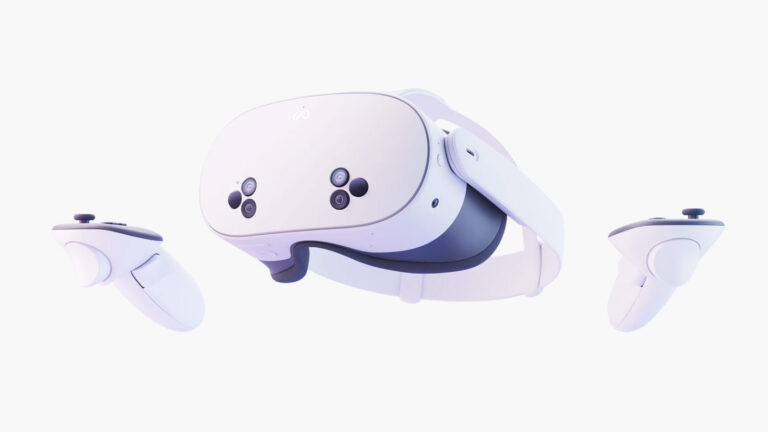
Today marks one week since Meta’s Orion unveiling and other updates at the Meta Connect keynote. During that time, we’ve been gathering reactions and insights from XR developers. How do Orion, Quest 3S, and other updates accelerate and empower their efforts?
To that end, here are quick Q&As with three developers who were at the event and entrenched in Meta’s ecosystem. In fact, Lucky Juicebox’s AR game Mega Fireball was showcased during the event’s developer keynote. With that backdrop, let’s dive in…
Andrew Macintosh, CEO/Co-Founder, Lucky Juicebox
Q: What’s your biggest overall takeaway and vibe from Meta Connect?
A: Meta is the clear leader right now in both XR for the present and XR for the future. It’s still unclear how far away that future is but it’s never been so close.
Q: The showstopper was obviously Orion, but it won’t be available for a while. How are you thinking about the device as a developer?
A: Glasses are the ultimate AR form factor. We were happy to see no dongles or cables, but were also excited about more discrete ways to interact. AR isn’t just about groundbreaking experiences. It’s equally about subtly fitting into your everyday life. Meta seems to be on the right track.
(Additional comment from Co-Founder Chris Stoski) We’ve built an entire company around the vision of AR glasses being used indoors and outdoors. We are experts in this and are very excited that Meta will empower companies like ours to bring magical experiences to the masses.
Q: What about Quest 3S? It didn’t have the sizzle of Orion, but it’s practical in that it’s here today and brings Quest 3 mixed reality to a Quest 2 price tag.
A: Quest 3S creates a huge opportunity to grow the MR side of the Quest lineup like Quest 2 did for VR by hitting that $300 sweet spot. Ultimately, we’ll be looking at this holiday season to see if our developer excitement translates to consumers.
Nate Chatellier, Founder & CEO, Nerd Ninjas
Q: When looking at not just Meta Connect (Orion, Quest 3S, etc.), but panning back to the past few weeks, there appears to be an inflection in investment and excitement, given Snap Spectacles. How are you processing all of this as a developer?
A: For Nerd Ninjas, we’ve always had a watchful eye on new gaming hardware. Between last month’s Pico 4 announcement and last week’s Snap Spectacles 5 reveal, the new Quest 3S and Orion AR glasses stack up considerably well on paper against other competing products for consumers. But as developers who thrive on immersive experiences, improved hardware performance is how we push the limits of game engineering.
Q: Zeroing in on Orion, how does it impact the way you’re thinking of your longer-term road map?
A: Our portfolio also hits the mixed reality space, and determining which platform to diversify has been a huge consideration to how we proceed with our game development. The fact that Orion is built for multitasking gives the freedom for more players to experience improved AR with full holographics. This move from Meta offers huge advances across the board and for our industry.
Q: In the nearer term, what are you most excited about when it comes to opportunities that Quest 3S unlocks?
A: Our upcoming multiplayer roguelite game utilizes Unity’s ECS and the Snapdragon XR2 Gen 2 chipset to maintain a high frame rate even amidst hordes of angry pinatas fighting back against the player. So we’re thrilled that the 3S headset features the same chipset and doesn’t compromise on performance, while simultaneously offering a more affordable price point.
Elliott Myers, Founder & CEO, RotoVR
Q: As a hardware player focused on VR, how does Quest 3 impact your market opportunity?
A: We’re thrilled to see Meta investing in welcoming even more gamers into the Quest ecosystem with the $299 Meta Quest 3S, and we’re looking forward to sharing the unmatched immersive experience of the Roto VR Explorer gaming chair with them when we launch this fall.

